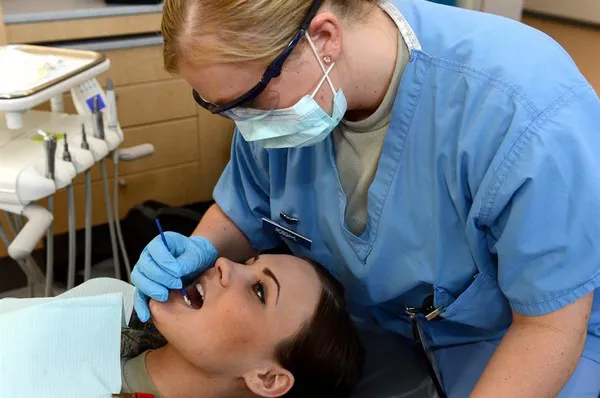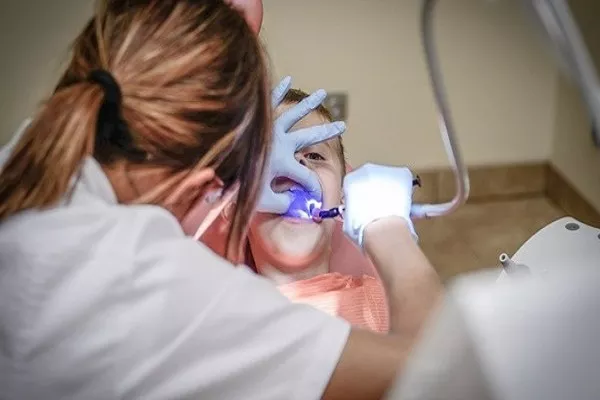Dental implants have revolutionized the field of restorative dentistry, providing individuals with a lasting solution for missing teeth. One of the key concepts in implantology is the dental arch, which plays a critical role in achieving functional and aesthetic results. In this article, we will delve into the intricacies of dental arches in the context of dental implants, exploring their significance, types, and the impact they have on overall oral health.
Understanding Dental Arches
A dental arch is the curved structure formed by the alignment of teeth in the upper or lower jaw. This arch shape not only contributes to the aesthetic appeal of one’s smile but also serves essential functional purposes. In dental implantology, an arch refers to the arrangement of implants that replace multiple missing teeth, restoring the natural arch shape and providing optimal support to neighboring teeth and facial structures.
Types of Dental Arches in Implantology
Single Arch Implant: In cases where a patient is missing all the teeth in either the upper or lower jaw, a single arch implant can be used to restore the full set of teeth. This involves strategically placing multiple dental implants to support a full arch of prosthetic teeth, creating a strong and natural-looking smile.
Full Mouth Arch Implant: For patients missing all of their teeth in both the upper and lower jaws, a full mouth arch implant, also known as an All-on-4 or All-on-6 implant, is a comprehensive solution. This technique uses a predetermined number of implants to secure a full set of prosthetic teeth in each arch. This approach not only restores oral function but also offers stability and comfort, often eliminating the need for removable dentures.
Partial Arch Implant: In cases where only a segment of teeth is missing in an arch, a partial arch implant can be employed. This approach involves placing implants strategically to support a bridge or partial denture that replaces the missing teeth, preserving the integrity of the natural dental arch.
Benefits of Dental Arch Implants
Improved Functionality: Dental arch implants provide a stable foundation for prosthetic teeth, allowing for proper biting, chewing, and speaking. This enhances overall oral function and quality of life.
Preservation of Bone Structure: The presence of dental implants in the arch helps stimulate the underlying jawbone, preventing bone loss that often occurs with missing teeth. This preservation of bone density contributes to maintaining facial structure and preventing a sunken appearance.
Enhanced Aesthetics: Dental arch implants replicate the natural appearance of teeth, resulting in an aesthetically pleasing smile. The customized prosthetics are designed to match the patient’s natural tooth color and shape, ensuring a seamless integration.
Longevity: With proper care and maintenance, dental arch implants can last for many years, providing a durable and reliable solution for tooth replacement.
Conclusion
Dental arches are a cornerstone of dental implantology, representing the foundation upon which functional and attractive smiles are built. Whether replacing a single missing tooth or restoring an entire set of teeth, dental arch implants offer numerous benefits that extend beyond aesthetics. As technology and techniques continue to advance, the role of dental arches in achieving optimal oral health and patient satisfaction remains pivotal. If you’re considering dental implants, consulting with a qualified implant dentist will ensure a personalized treatment plan that addresses your unique needs and goals, ultimately leading to a healthier and more confident smile.
Relate Topics:



























